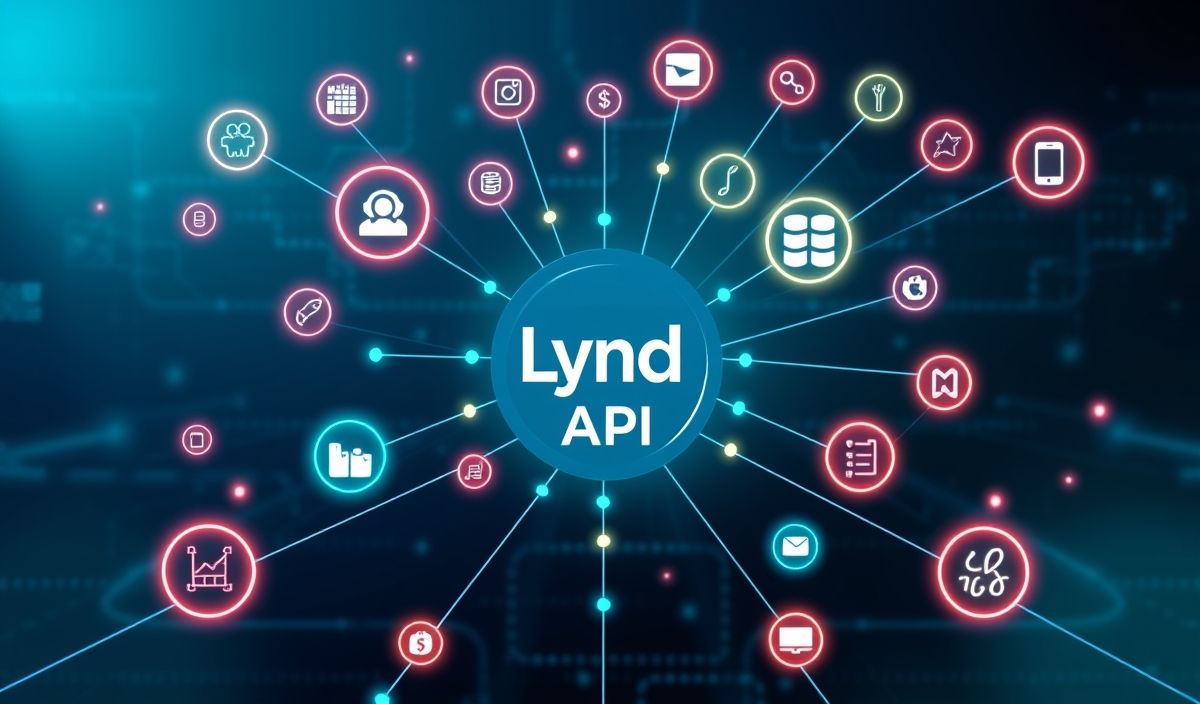Introduction to Lynd
Lynd is an advanced API library designed to offer seamless integration for various applications. This powerful tool simplifies tasks, enhances productivity, and accelerates development with its robust features and functionalities.
Key Features and API Examples
User Authentication
Authenticate users securely and efficiently using the Lynd API.
POST /api/auth/login
{
"username": "user@example.com",
"password": "securepassword"
}
Data Retrieval
Retrieve user data with ease.
GET /api/users/{user_id}
Headers:
{
"Authorization": "Bearer token"
}
Create New User
Create a new user effortlessly.
POST /api/users
{
"username": "newuser",
"email": "newuser@example.com",
"password": "newuserpassword"
}
Update User Details
Update user information dynamically.
PUT /api/users/{user_id}
Headers:
{
"Authorization": "Bearer token"
}
Body:
{
"email": "updateduser@example.com"
}
Delete a User
Remove a user from the system when necessary.
DELETE /api/users/{user_id}
Headers:
{
"Authorization": "Bearer token"
}
Example App Using Lynd APIs
Here’s a simple example of how you can integrate Lynd APIs in a basic web application.
HTML Code
<html>
<head>
<title>Lynd API Integration</title>
</head>
<body>
<h1>Lynd API Demo</h1>
<form id="login-form">
<input type="text" id="username" placeholder="Username" />
<input type="password" id="password" placeholder="Password" />
<button type="button" onclick="login()">Login</button>
</form>
<pre id="result"></pre>
<script src="app.js"></script>
</body>
</html>
JavaScript Code (app.js)
async function login() {
const username = document.getElementById('username').value;
const password = document.getElementById('password').value;
const response = await fetch('/api/auth/login', {
method: 'POST',
headers: {
'Content-Type': 'application/json'
},
body: JSON.stringify({ username, password })
});
const result = await response.json();
document.getElementById('result').textContent = JSON.stringify(result, null, 2);
}
With these steps, you can quickly set up a basic authentication mechanism using Lynd API. Experiment with other endpoints for users, data retrieval, and more to build robust applications.
Hash: 27b9208de67355cb8f4eb270bb37451119a19c18795b3c0eee47f8f8d62fada4




